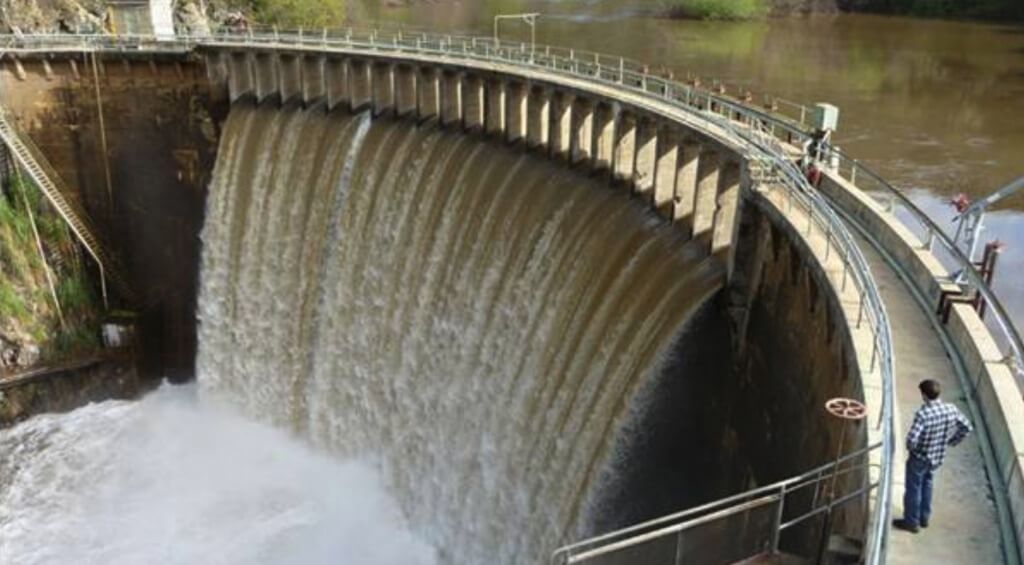The Monterey Peninsula and Water – 1980 to 2000

The 1980’s were largely a decade of cooperation among people associated with the Carmel River. In 1979 the Carmel River Steelhead Association pointed out that the steelhead population in the river was declining. They formed the Carmel River Watch (CREW) and started work to restore the river and the environment around it. In 1980 the Army Corps of Engineers proposed a 150,000 acre foot flood control dam. That year the area had extremely heavy rains, which led to major land erosion in some areas as the river flowed at a rate of six acre feet per minute! 1983 was another major flood year, with the San Clemente dam site getting five times the normal annual flow, and CREW asked the MPWMD to come up with a plan to restore the river and steelhead habitat.
Property owners along the river voted 69% to 31% to assess themselves to fund a 10 year river habitat restoration effort, and the Carmel River Advisory Committee was formed as a successor to CREW. The MPWMD began to revegetate and irrigate the riparian corridor along the river in 1984 and stated to do fish rescues in 1987. Also in 1987 an advisory vote to start the planning for a new San Clemente dam passed by a vote of almost 2 to 1. Part of the impetus for this was that the previous year (1986) a drought had started that would last for five years. Because our area was living so close to the maximum water available in good years, by 1989 the MPWMD had to impose water rationing and a moratorium on new water meter hook-ups.
The 1990’s were a mixed bag and saw cooperation around water begin to erode. The drought ended in 1991 and the MPWMD started looking at the possibility of 10 different potential water supply projects – including a 3 million gallon per day desal plant. Another proposal was presented by a group including Clint Eastwood, and which would have set up a 24,000 acre foot reservoir where his Tehama development is being built today. This would be filled with water from the Carmel River during wet years when large amounts of water run out the mouth of the river and into the ocean. The MPWMD of the time did not support that proposal, however, and may have deliberately damaged the idea (more on that later).
Then, in 1992, the Essalen Nation protested the location of the proposed Los Padres dam because the reservoir would cover some sacred sites. In 1993 a vote for a desal project went down to defeat by 53% to 47%. That year, however, the Peralta Well in Seaside came on line and provided another source of water for the Peninsula; and in 1994 Pebble Beach started to use reclaimed water to keep their golf courses green.
1995 saw three major flooding events. Right away in January of that year the Carmel River lagoon reached nine feet and flooded the whole area at the mouth of the river. The Herald reported that “All but one of the 40 homes in De Los Helechos area of Carmel Valley were damaged by flooding”. Many of the bridges along the river were damaged or destroyed in March and major flooding occurred again. Later in 1995 (someone claimed because it was a wet year and people didn’t see a need for it) the Los Padres dam project lost at the polls by 57% to 43%.
That year, also, the State Water Resources Control Board issued order 95/10 against Cal Am, determining that the company did not have a valid right to almost 70% of the water the company was taking from the river. Without that right, the company was going to have to use a phased approach to stop taking 10,730 acre feet of water each year. It was this that forced the company to start looking at building a desal plant to replace that water.
In 1999, the Carmel River was named one of the ten most endangered rivers – and that closed out that century. So much different than the next nineteen years….